There are essentially three types of animals found in nature: carnivores, omnivores, and herbivores. Carnivores are animals that eat other animals. A carnivore’s digestive system is unable to break down the cell walls of plant vegetation. Omnivores are animals that
have adapted to eating both plants and animals. Herbivores are animals that eat vegetation only. They are able to digest and use the cellulose which forms the cell walls of all plants for food.
Humans are considered to be omnivores. Your dog or cat is a carnivore — you can’t feed your dog or cat the same type of diet that you eat.
As each animal species evolved, they selected available natural food sources that allowed them to live and prosper. Those food sources over time determine their specific digestive anatomy and physiology. For example, the carnivore digestive system features a large stomach, a relatively short small intestine, and a very short large intestine. This is ideal for a diet with large amounts of protein, some fat, and almost zero carbohydrates or plant matter. From the wolf to dog, or lion to cat, their digestive systems remain unchanged today.
When we force too much plant-based material into the simple systems of a carnivore, digestion and utilization of nutrients become compromised. Over time this leads to deficiencies that can ultimately turn into sickness and disease.
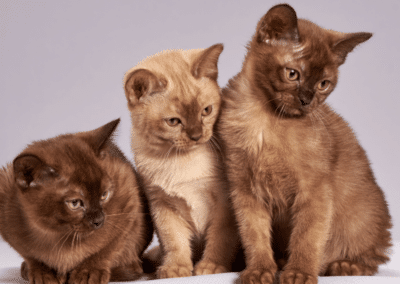
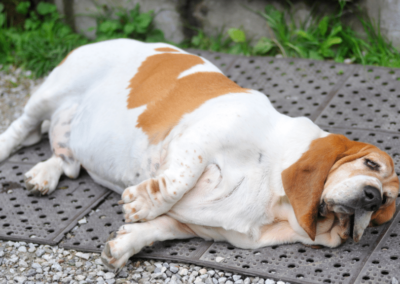
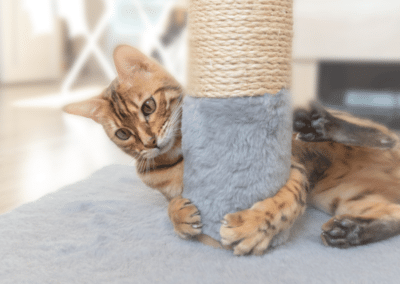

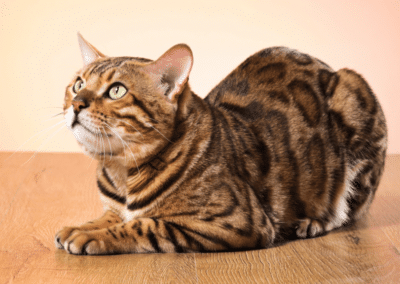
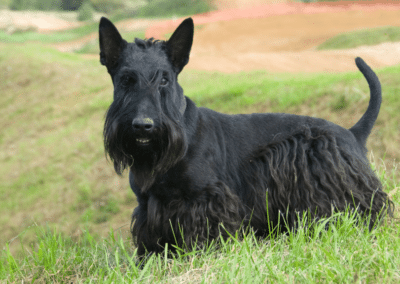
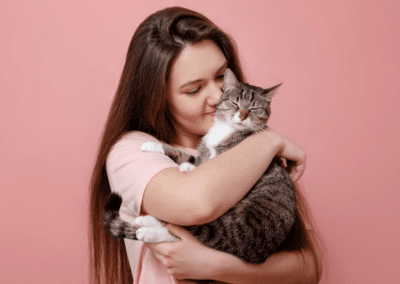
0 Comments